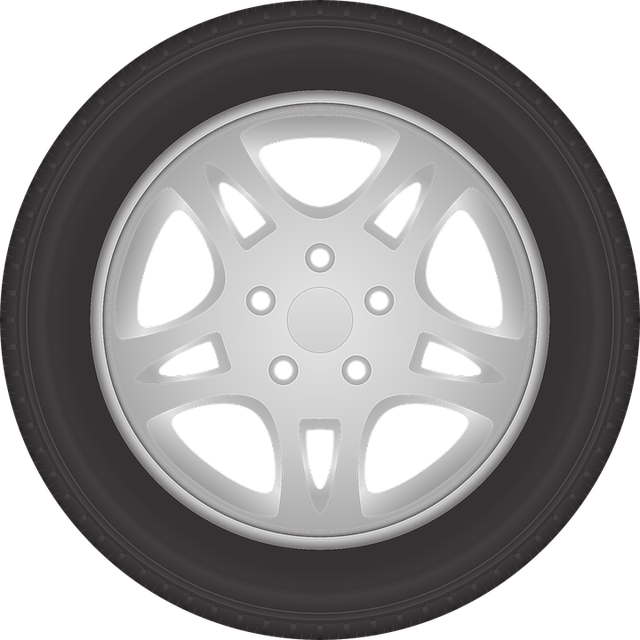Looking to register your car in California? This comprehensive guide breaks down the process step-by-step. From understanding essential requirements to gathering vital documents, you’ll learn everything needed to navigate the DMV efficiently. Key steps include verifying your vehicle’s VIN using official DMV tools and completing the registration application. By following these instructions, you’ll ensure a smooth car registration experience in California.
- Understand Requirements for Car Registration in California
- Gather Necessary Documents for Vehicle Registration
- Visit the DMV: Steps to Register Your Car
- Verify VIN: Essential Step Using DMV Tools
- Complete and Submit Application for Car Registration
Understand Requirements for Car Registration in California

Before you begin the registration process in California, it’s crucial to understand the requirements and necessary steps. The California Department of Motor Vehicles (DMV) outlines clear guidelines for registering a vehicle, which include verifying the Vehicle Identification Number (VIN). This is a critical step to ensure the car’s history is accurately documented, and it’s easily accomplished through a DMV VIN verifier or even a mobile vin inspection service.
A valid registration requires the owner to present proof of identity, proof of residency, and a completed application form. Additionally, the vehicle must pass an emissions test in most cases. For older models or those with modified engines, further documentation might be needed. Utilizing a mobile vin verification service can streamline this process by providing instant access to a car’s history, ensuring all requirements are met before heading to the DMV.
Gather Necessary Documents for Vehicle Registration

Before you start the registration process, make sure you have all the required documents ready. The California Department of Motor Vehicles (DMV) requires several key pieces of information for vehicle registration, and having them organized in advance will streamline the entire procedure. You’ll need your vehicle’s Vehicle Identification Number (VIN), which can typically be found on a label inside the driver’s side door or under the hood. Utilize a DMV-approved VIN verifier to ensure you have an accurate and current VIN. This is crucial for identifying your specific vehicle and its history, especially when transferring ownership.
Additionally, gather important paperwork like proof of insurance, your driver’s license, and any relevant registration documents from a previous state if you’re transferring the registration. A mobile vin verifier can also be beneficial during this process, as it allows you to quickly and easily obtain your VIN, ensuring a faster and smoother registration at the DMV or through their online services.
Visit the DMV: Steps to Register Your Car

To register your car in California, the first step is to visit a nearby Department of Motor Vehicles (DMV) office. This crucial process involves several straightforward procedures. Upon arrival, locate the section dedicated to vehicle registration and gather all necessary documents, including proof of ownership, your driver’s license, and valid insurance. A DMV vin verifier is essential in this process as it ensures the accuracy of your car’s unique identification number (VIN).
At the DMV, you’ll need to fill out an application for vehicle registration, which includes providing detailed information about your car, such as its make, model, year, and color. After submitting your application, along with the required fees, a representative will verify your documents, perform a mobile vin inspection (if needed), and issue you a registration certificate. Once registered, ensure to keep your papers in a safe place for future reference and proof of ownership.
Verify VIN: Essential Step Using DMV Tools

Verifying your car’s Vehicle Identification Number (VIN) is an essential step in the registration process in California, and it can be easily done using DMV-provided tools. Start by accessing the official DMV website, where you’ll find dedicated resources for VIN verification. These tools ensure that your vehicle matches the specifications listed in the state’s records, helping to prevent fraud and ensuring a smoother registration experience.
One convenient option is to utilize a mobile vin inspection service or a vin verifier app, which allows you to check your car’s VIN status on the go. This digital approach streamlines the process, saving time and offering added convenience for California residents looking to register their vehicles efficiently.
Complete and Submit Application for Car Registration

To begin the registration process, you’ll need to complete and submit an Application for Car Registration at your local California Department of Motor Vehicles (DMV) office or online. Before submitting, double-check that all information is accurate and up-to-date. Ensure that your vehicle’s details, including its make, model, year, and unique Vehicle Identification Number (VIN), are correctly entered. The VIN is crucial for identifying your car and can be easily verified using a DMV VIN verifier or even through a simple mobile vin verification process.
When filling out the application, you’ll also need to provide proof of insurance, identify yourself with valid identification documents, and pay the required registration fees. It’s advisable to arrive at the DMV early to avoid long lines, especially if you’re opting for a mobile vin inspection or using a third-party service to streamline the process.
Registering a car in California is a straightforward process that requires understanding the necessary steps and gathering the right documents. By following these guidelines, including using a DMV VIN verifier to confirm your vehicle’s identity, you can efficiently complete the registration at your local DMV. Make sure to have all your paperwork in order for a smooth experience.
